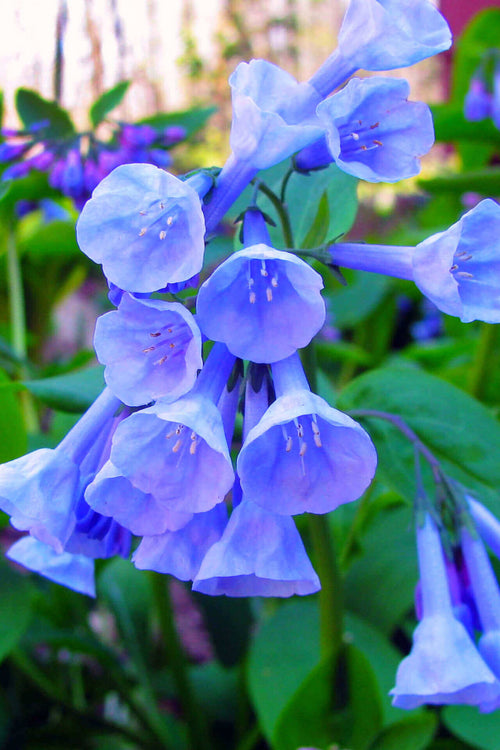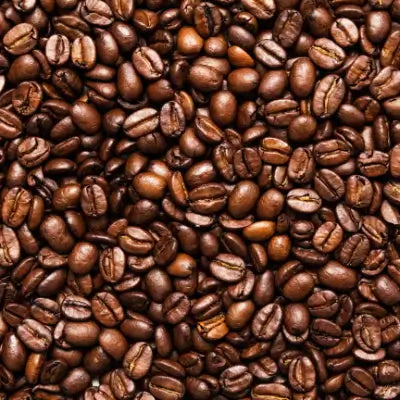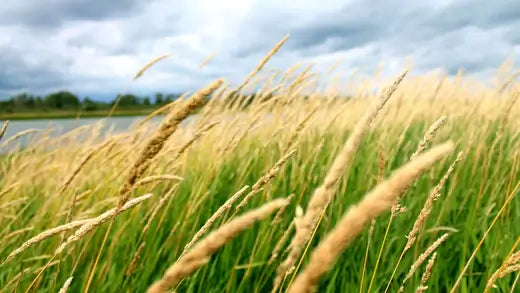8 Most Loved Easy Perennials
Are you a newbie gardener looking for plants that will make your garden look great without putting in too much effort? If so, these perennials are a perfect choice. Perennials come back year after year, meaning all those hours spent caring for them will be rewarded with lots of vibrant blooms and colorful foliage throughout the season and for many seasons as well to come.
Plus, they require little maintenance compared to annuals; once they're established, most need an occasional watering or thinning out.
So, if you're ready to plunge into gardening but need to know which plants to start with, check out this list of eight easy perennials for beginner gardeners!
ADAM & EVE ORCHID
Adam & Eve Orchid is a perennial, meaning it can grow year-round without replanting when they flower at approximately 0.5 inches in length. Their base turns violet as they age, creating a stunning color contrast.
The Plant is easy to take care of. It thrives in partial or complete shade and various soil kinds. It is easy to integrate into any landscaping. Regularly water it. However, be careful not to overwater it or allow it to dry between waterings.

Virginia Bluebells
The Virginia Bluebell plant, Mertensia Virginica, is a shade-thriving plant that can be found growing near water. These perennials' beauties thrive in full shade and rich soil. The hardy planting zones are 3-9; they reproduce and make more plants by reseeding.
When the roots of these plants are broken up or split in half, they can be planted to make other plants. It blooms in early spring, and the exact color depends on the PH levels of the soil. The colors range from lilac and lavender to purple or bright pink. This flower has a long lifespan and lives for over 20 years in shaded gardens.

ARUNCUS PLANT
Aruncus perennial, a part of the Rose family, is indigenous to Japan and North America and, as a European cultivar, has existed since Roman times. The perennial Plant is found in meadows, ponds, waterways, or other moist spots.
This Plant is dioecious. This means that the flowers are male or female on every Plant. Male plants show more flowers than female plants and are popular with clients. The Plant doesn't require any maintenance. The goat's beard must be positioned partially or entirely in the sun. It requires well-drained soil, which is moist. They can also be planted in loam, sand, and clay soil. They may require help to be placed in humid, hot areas. They require a reasonable amount of water daily.
BROWN EYED SUSAN
Many names, including Black-Eyed Susan, Brown Betty, Golden Jerusalem, and the Yellow Ox-eye Daisy, know it.
They are low-maintenance, quickly grown, and flourish in almost every circumstance, making them an excellent option for beginners in the garden. The individual plants can reach an adult height of 2 to 5 feet throughout summer and spring. They will also provide a bounty of 1- to 2-inch flowers throughout the summer, right up to when the frosts begin.

BLUE VIOLET
Blue violets are attractive wildflowers renowned for their purplish to blue-white shades. It is common throughout North America and is often referred to as an invasive plant. It is a popular plant for its ornamental value and is the state flower of several states of the US. The leaves and flowers are edible, making them safe to be planted near pets.
Blue violets will benefit from slow-release fertilizer to begin the growing period in spring and then again in the latter part of summer to promote the autumn bloom. The water-soluble fertilizer is applied twice a week during this growing period. Common blue violet is well-suited to organic fertilizers as well.

BISHOPS WEED GROUND ELDER
It is known for its white-tinged blue-green foliage; the variegated bishop's Weed draws attention when it fills the shaded areas in any landscape. In the summer heat, this rigid, low-growing perennial produces beautiful white flowers that look like those that are part of Queen Anne's Lace.
One of the many benefits of working with Variegated Bishop's Weed is that it needs almost zero maintenance and maintenance. It is generally thriving during dry seasons and shows minimal or no evidence of loss of leaves during minor drought-related periods. A prolonged loss of water can result in leaves becoming crisp or burning.

BLUE LOBELIA
It is a grouping of plants that are around a foot in width. It is a great plant to put in flower beds to create borders or as a plant in window boxes or pots in which it cascades across the side. It's stunning in hanging baskets, in which it can cascade down.
There is a misconception that blue lobelia doesn't flower in extreme heat. Still, certain varieties, like Magadi Blue, Magadi Blue with White Eye, and Lucia Dark Blue, can survive the heat. Blue lobelia can thrive when it is in the full sun, part shade, or full sun. It is renowned for its growing ability and requires frequent watering during hot weather.

BLOODROOT
Blood Root, also known as Bloodwort puccoon Indian Red Paint, sang-dragons snakebite, as well as many more that are based on slight variations in the area.
Bloodroot is located in the eastern part of North America and is the only species of its Genus. Are they the closest relatives? Snow poppies can be found only in China. They come in many different forms in their leaves and white, yellow-centered flowers, but the fruit is bright and scarlet, which is why it's called.
Despite the lack of research on the efficacy of bloodroot, it is widely regarded as a promising homeopathic treatment for cancer. It's typically used to treat skin cancers which is a nod to its history of being utilized to treat skin ailments.


















































